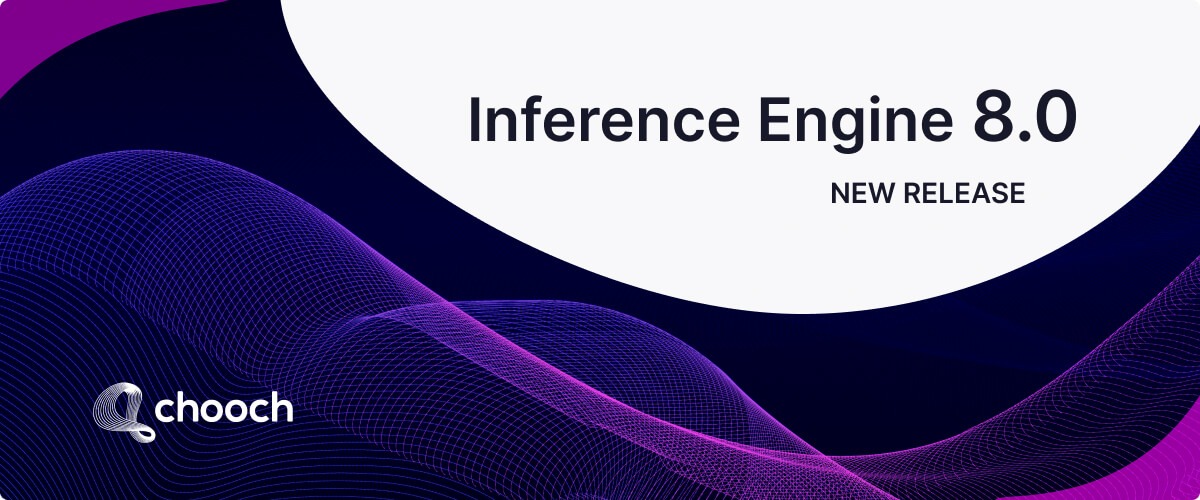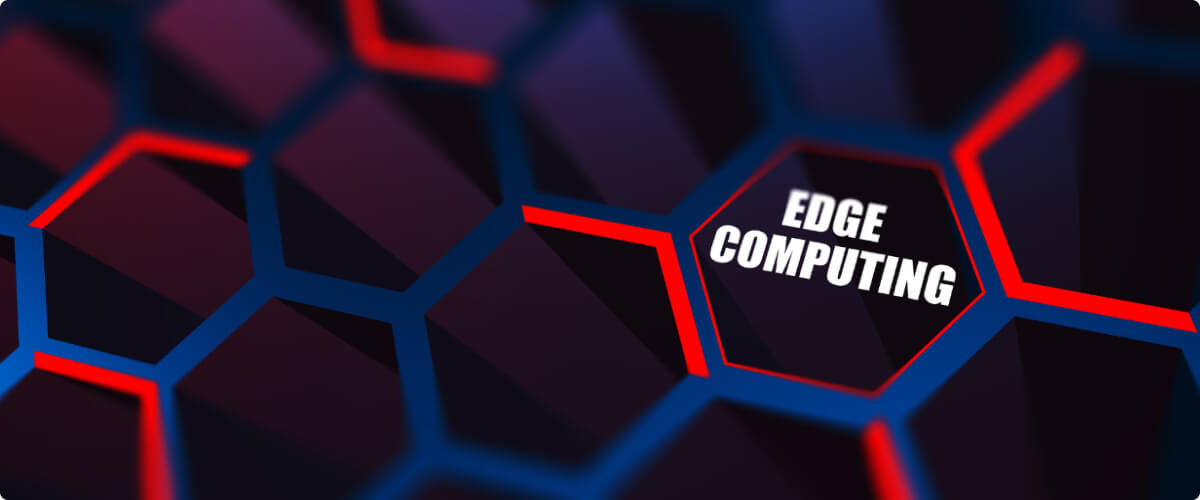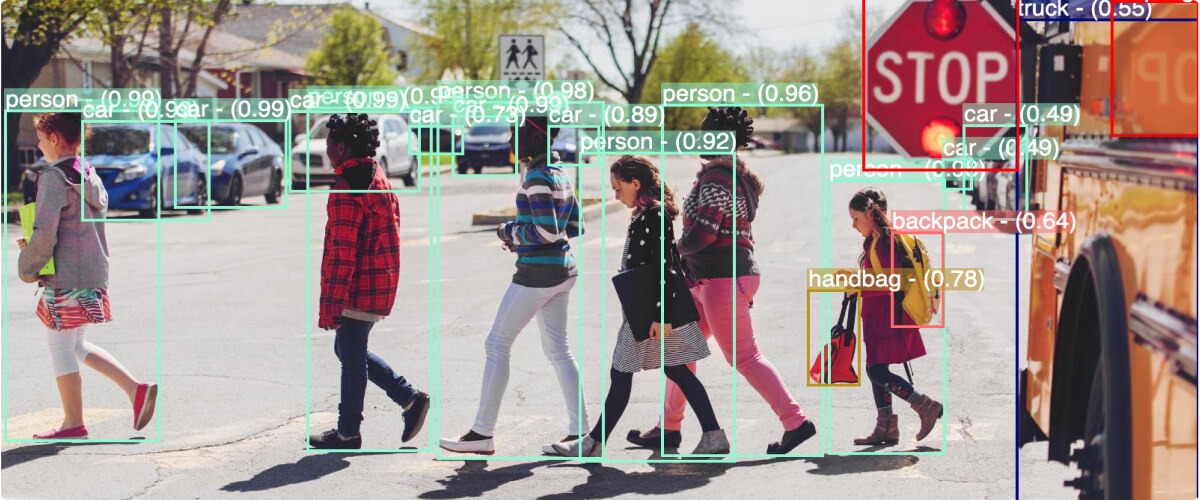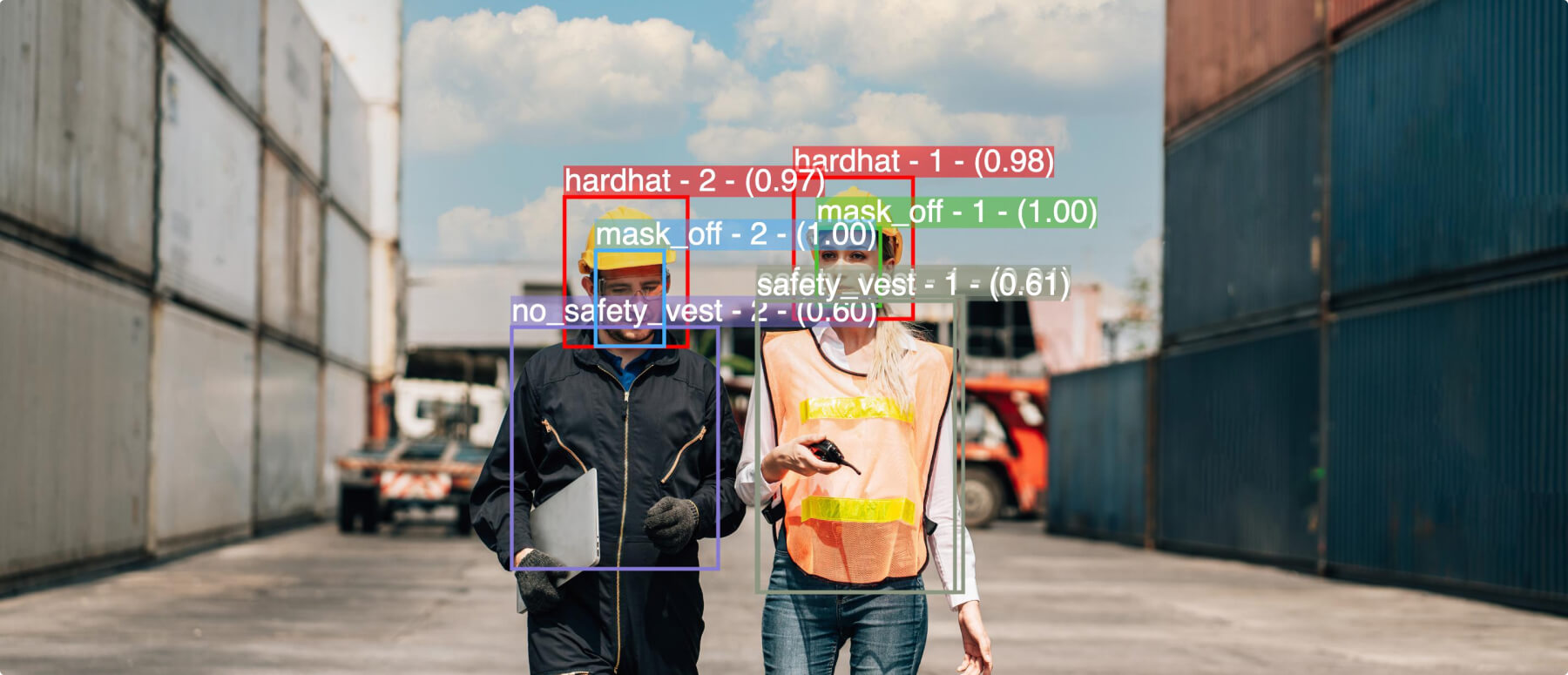Edge AI is the intersection of edge computing and artificial intelligence: an AI paradigm that performs as much computation as possible on “edge” devices that are physically located close to the source of the data. This is in contrast to traditional approaches that first upload the data to remote servers running in the cloud, where the computation is then performed.
What are the benefits of edge AI over “traditional” Internet of Things (IoT) and cloud computing methods? The advantages of edge AI include:
- Greater privacy and security: If data privacy and security are a concern for your organization, edge AI may be the best fit. Data is stored and processed locally, instead of being sent to a third-party cloud computing provider.
- Improved latency: Since you don’t have to wait for results to come back from the cloud, edge computing has much lower latency.
- Lower costs: Edge computing saves you money on the costs of data traffic and cloud computing services. Once you purchase the edge device itself, your expenses are fairly low.
- Better reliability: Edge AI can continue to function even in the event of an outage that disrupts communications or cloud operations.
Edge AI is especially useful for resource-intensive applications such as computer vision, which relies heavily on images and videos. There’s no need to pay the costs of sending this visual data to the cloud when you can analyze it yourself on an edge device.
Recent technological advancements in CPUs and GPUs have made edge devices more powerful than ever before. This means that it’s easier than ever to run powerful AI models on the edge.
What’s more, this trend is only expected to accelerate in the near future. According to the intelligence firm MarketsandMarkets, the global market value of edge AI will skyrocket from $590 million in 2020 to $1.8 billion in 2026—a blistering annual growth rate of 21 percent.



























